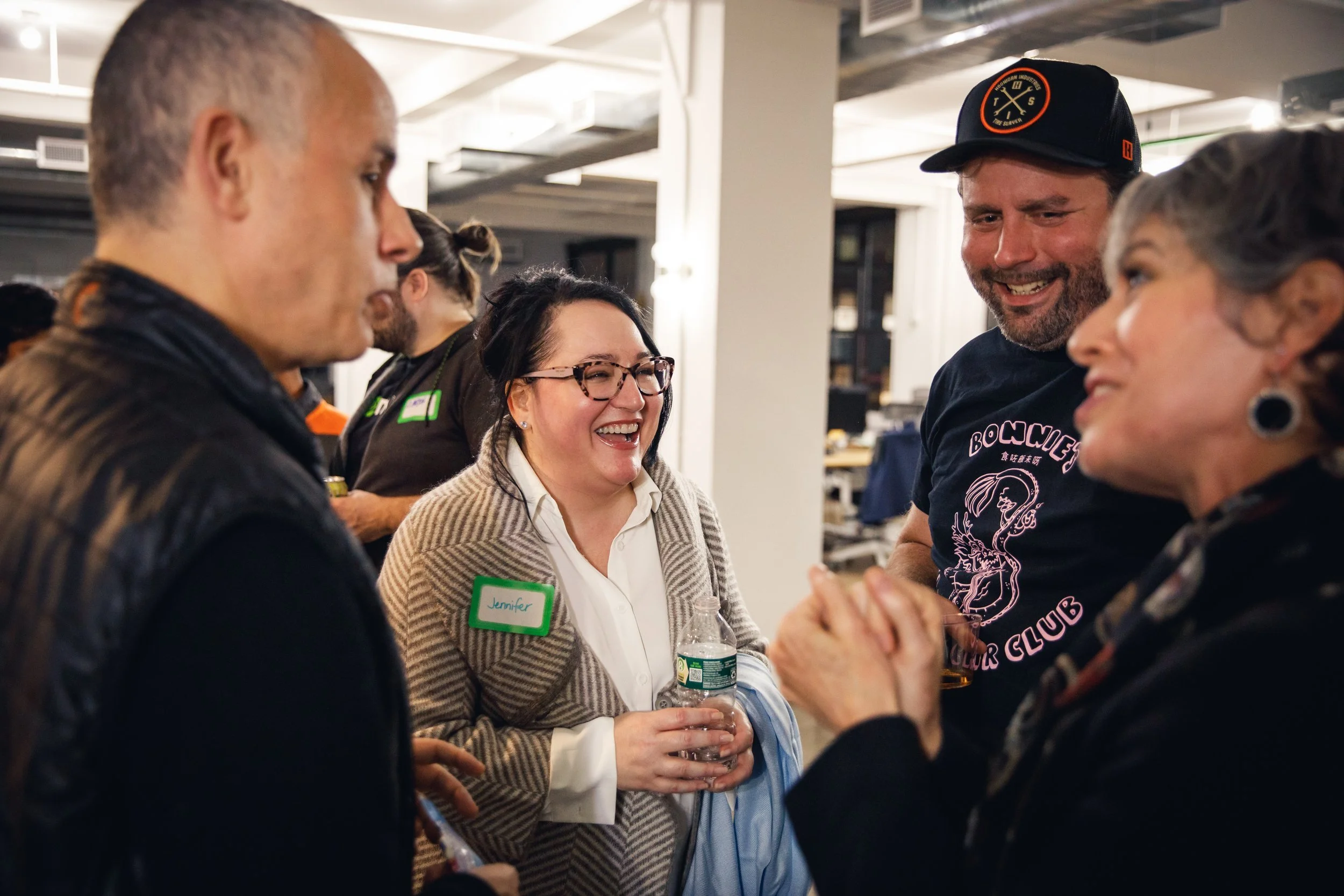Interactive 3D Virtual Stores and More Fashion Tech
/Women Leading Visual Tech: Interview with Neha Singh of Obsess
LDV Capital invests in people building businesses powered by visual technologies and AI. We thrive on collaborating with deep, technical teams leveraging computer vision, machine learning, and artificial intelligence to analyze visual data. We are the only venture capital firm with this thesis.
Our Women Leading Visual Tech series is here to showcase women whose work in visual tech is reshaping business and society.
In the lead-up to our second live community event, “Radically Transforming Fashion”, we had an opportunity to chat with our keynote speakers.
Neha Singh, Founder & CEO of Obsess
Meet Neha Singh of Obsess. With Obsess, Neha is reinventing the e-commerce interface for discovery-driven product categories. Her mission is to turn online shopping into an experience and replace the monotonous grid e-commerce interface that hasn’t changed since it was created by Amazon 25 years ago to sell books.
Obsess is an augmented & virtual reality software platform for experiential shopping via a 3D commerce cloud. This platform enables brands and retailers to set up a 3D 360 digital store on their website.
Before founding Obsess, Neha led engineering and product teams at Google, Vogue, a luxury e-commerce startup, and built platforms and products reaching millions of users. She received her graduate degree in Computer Science from MIT.
Abby: What is the most exciting thing happening at the intersection of retail, e-commerce & fashion industries today?
Neha: The most exciting thing happening in e-commerce today is the ability for our online shopping experience to finally break out of the 2D grid of thumbnails, and into a format that is more immersive, more intuitive, more realistic and more fun. Both for experiencing products and for experiencing brands. This is happening in the form of interactive 3D product models, interactive 3D virtual stores, live video chat with sales associates, and AR try-on which all work on the web without having to download an app or need any special devices.
Charlotte Tilbury virtual store with ‘shop with friends’
Abby: How will virtual commerce impact our shopping experience?
Neha: Virtual commerce gives customers the best of both online and offline worlds: the discovery, inspiration and browsing behaviors of shopping in a retail store, combined with all the conveniences of doing it online. Our digital shopping experience will become more natural and closer to real-life on the one hand, while also becoming more fantastical and adventurous on the other – as brands pour all their creativity into utilizing this new medium to express themselves in new ways.
Global brands who are our customers across a variety of verticals are creating their virtual stores as islands, lofts, museums, villas, planets – each completely visually unique from the other.
Underwater virtual store
Abby: What breakthroughs in virtual commerce are you most excited about?
Neha: As virtual shopping moves into the metaverse, we are going to see shopping experiences that blur the traditional boundaries of product discovery, brand awareness, gaming and social.
The most exciting breakthroughs will come as mobile GPUs keep getting more powerful and 5G keeps rolling out, which will enable richer, deeper, dynamically-rendered and interactive CGI virtual shopping experiences to run on mobile devices.
Abby: Why is it so important to try to replicate the social element of shopping?
Neha: In real life, you go shopping with your friends and shopping is a social activity, that is as much about the entertainment value as the purchase of products. Technology has not been developed for this behavior to exist online for shopping until recently. Even though this behavior already exists in games, and for collaborative viewing on video streaming services now. The gaming-native generation expects this behavior to exist online in all their digital activities including shopping.
Abby: In 5 years what should our online shopping experience be like? Are we going to be shopping for physical goods or digital ones?
Neha: In 5 years, we are going to shop online for physical products, digital products and virtual products. Digital products are music, movies, etc. that we already purchase online today. Virtual products is a new category that has emerged recently that includes NFTs, virtual fashion and accessories for your avatars across different gaming and metaverse platforms. As so much of our identity will continue moving online, this category of virtual products for your virtual self and your virtual environment will gain market share rapidly.
You might want to check out our 2021 LDV Insights report, “Content & the Metaverse are Powered by Visual Tech”. In this report, we examine top visual tech trends that are now reshaping digital creation and identify the unique business opportunities to support creation over the next five years.
If you missed our virtual event, watch the video recording of Neha’s keynote below and check out our event recap.


















